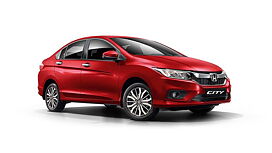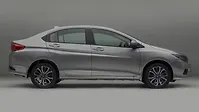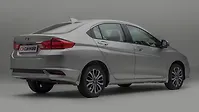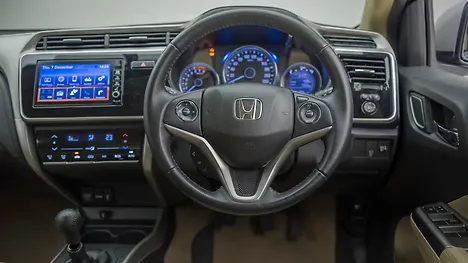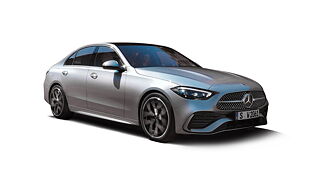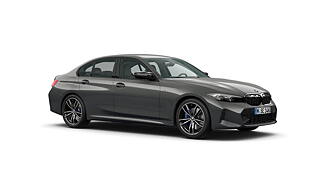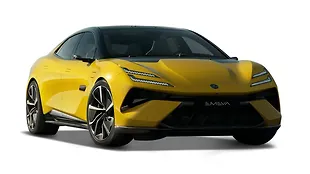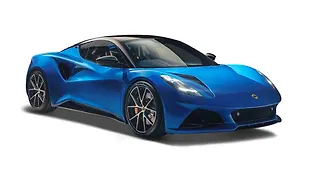Introduction
A decade ago, India was a market where buying a motorcycle was a dream for the majority. Cars, then, were a luxury only a chosen few could afford. Today we have moved past the developing economy tag to that promising label of a newly emerging market. Our auto industry may have much catching up to do, but it’s a fast growing market today. In fact, last year India clocked 3 million automobile sales in a year for the first time and yet, surprisingly, the A-segment sales numbers overall, are waning.

The B drive
In August 2010, the A-segment hatches sold about 70,000 cars while the B-segment closed at about 45,000 units. In January 2011, the split was approximately 82,000 to 49,000 and in June 2011 it went to 63,000 to 34,000 units. As the economy started getting back on its growth track, the numbers started telling a different story. In December 2012, the A-segment sold close to 55,000 units while the B-segment cars sold about 45,000 units. In December 2013 it was 52,000 vs 41,000 units and in December 2014 it was 41,000 vs 50,000. As you can see from the figures above, the numbers of A-vs-B segment gradually began to even out over the years until in 2014, the B segment numbers overtook that of A. And it was 2014, which marked the definitive shift of the Indian car market from compact hatchbacks to B-segment hatchbacks.
This paradigm shift can be attributed to increased per capita income in the past decade, especially in tier 2 and tier 3 cities. The economic chasm is still quite wide with a high percentage of people living under the poverty line. But for those who are above that line, their disposable incomes are going higher each year and so are their choice of automotive segments. After experiencing a slight slump back in 2013, the automotive market resumed its upward journey, finally clocking over 30 lakh car sales in the year 2016-17.
But this growth period threw up some other interesting statistics as well. SUVs which used to contribute to 14 per cent of overall car sales in 2010 shot up to 30 per cent in 2017. The biggest contributors to SUV sales today are the compact SUVs, which can be categorised under the C-segment. Also, in the B-segment itself, carmakers have successfully created two new niches – there are the B-segment regular hatchbacks like the Swift or the Grand i10 and the B+ segment hatchbacks like the Balenos, the i20s and their ilk.

The B+ supremacy
As you can see in the above infographic, the overall sales of the A-segment has been continually declining since January 2014 and dropped below 50,000 units a month for the first time in mid-2016. On the other hand, the B-segment sales saw a steady rise culminating in a magic figure of 1 lakh cars sold in the month of March 2017.
What is more interesting is that the B-segment, when split into B and B+, separating the regular hatches like the Swift and the Grand i10 from their premium siblings like the Baleno and the Elite i20, tells us a new story. We have also coupled the B-segment hatch-based compact sedans into B+. As we can see, the sales numbers of the B+ cars have also grown steadily from 30 per cent of the overall B-segment in 2013-14 to almost 60 per cent by the end of 2016.
Conclusion
With interest rates going down and the economy expected to grow at more than seven per cent per annum, the buying capacity of the customers is already inflating. Add to it the fact that with time, the decision process that goes into buying a car has become more inclusive of the kids in the house. The millennials make up a large share of new car buyers and their preference for bigger and feature loaded cars is well known. Also, the increased options in the B+ and entry-level C-segment have contributed to the increasing sales.
Taking all these factors into account, it is safe to say that the Indian car market is preparing itself for another step up just like the A-segment to B-segment jump we witnessed in 2013-2014. By 2019, the highest selling segment in India might be the B+ segment and it would be interesting to see if this growth curve begins moving towards C. One thing is certain though - the Altos and Nanos do have tough times ahead.


